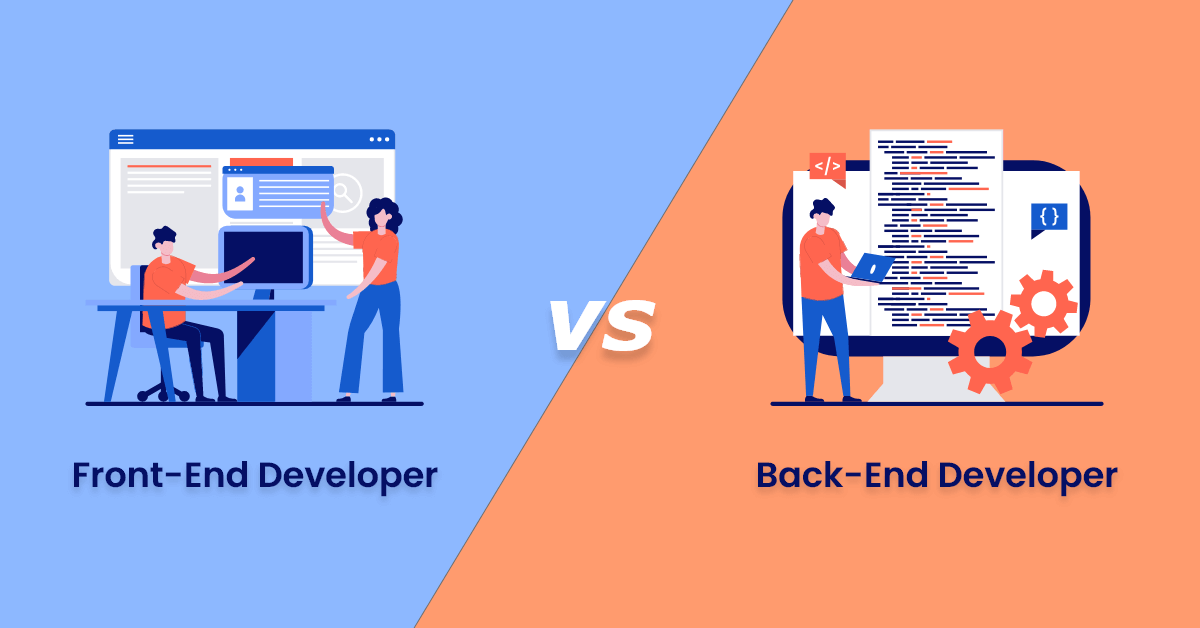3x Mall Insights
Exploring the latest trends and news in online shopping.
Behind the Curtain: Secrets of Back-End Development
Unveil the mysteries of back-end development! Discover secrets, tips, and tricks that will elevate your coding game. Dive in now!
Understanding APIs: The Backbone of Modern Web Applications
Application Programming Interfaces (APIs) have become essential in the development of modern web applications, acting as the backbone that facilitates communication between different software systems. By allowing distinct applications to interact with one another, APIs enable features such as data sharing and functionality integration. For instance, when you use social media to log into a service or pull data from a weather service, you're leveraging APIs to bridge the gap between various platforms. Understanding how APIs function can enhance your ability to build robust applications that meet user needs while optimizing performance.
APIs come in various forms, including RESTful APIs, SOAP APIs, and GraphQL APIs. Each type has its own advantages and use cases, catering to different requirements in application development. For example, RESTful APIs are widely favored for their simplicity and scalability, while GraphQL offers more flexibility in requesting only the data needed at any point. By grasping the intricacies of these API types and their respective advantages, developers can better tailor their applications to remain competitive in today’s evolving digital landscape.

Debugging Like a Pro: Tips and Tools for Back-End Developers
Debugging is an essential skill for back-end developers, as it helps identify and fix issues in code efficiently. To debug like a pro, it's crucial to start with a solid understanding of the application’s architecture and state. This allows developers to quickly isolate problems and trace their origins. One effective technique is to utilize logging. By implementing comprehensive logging throughout your code, you can monitor the application's behavior in real-time. Consider using tools like Logstash and Elasticsearch to aggregate and analyze logs, enabling you to spot patterns that may indicate deeper issues.
Another vital aspect of debugging is leveraging debugging tools effectively. Integrated Development Environments (IDEs) like Visual Studio Code and JetBrains provide built-in debuggers that allow you to step through your code, inspect variables, and set breakpoints. Additionally, consider using profilers, such as NewRelic or Dynatrace, to monitor performance and pinpoint bottlenecks. Remember, a systematic approach to debugging can save time and enhance productivity. To summarize, here are some key steps for effective debugging:
- Understand the architecture
- Implement comprehensive logging
- Utilize IDE debugging tools
- Monitor performance with profilers
What Makes a Database Efficient? Key Concepts for Performance Optimization
When discussing what makes a database efficient, several key concepts come into play. First and foremost is database indexing, which allows the database to locate and retrieve data more quickly. Indexes are particularly beneficial for large datasets, as they help improve query performance by reducing the amount of data scanned. Additionally, database normalization is crucial for maintaining data integrity and reducing redundancy. By organizing data into tables and defining relationships carefully, you not only optimize storage space but also ensure that the database performs well under load.
Another significant factor in achieving efficiency is how the database handles concurrency. Utilizing locking mechanisms and isolation levels can greatly impact performance, particularly in systems with multiple users or applications accessing the database simultaneously. Moreover, query optimization is vital; understanding how to write efficient queries, utilize proper joins, and avoid unnecessary subqueries can lead to significant improvements in execution time. Ultimately, a combination of these concepts will help you design a database that not only meets the performance needs of users but also scales effectively as demands increase.